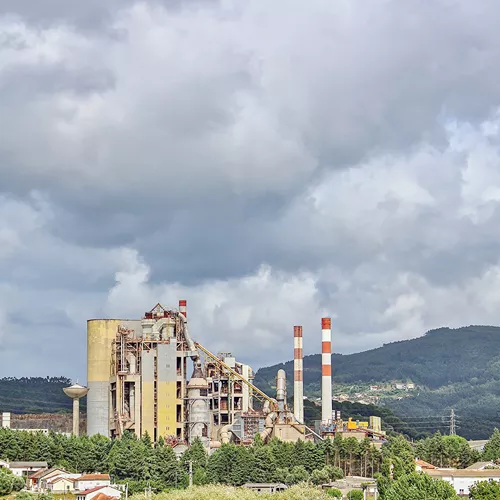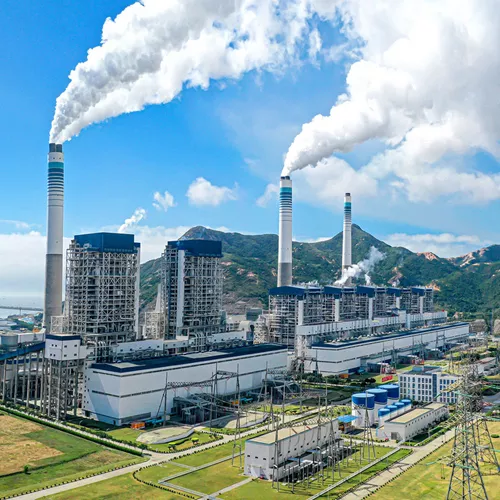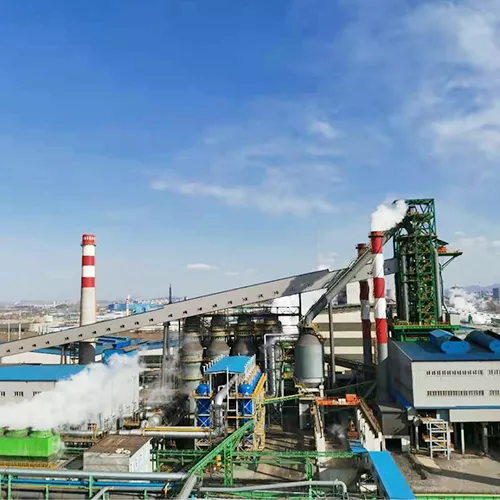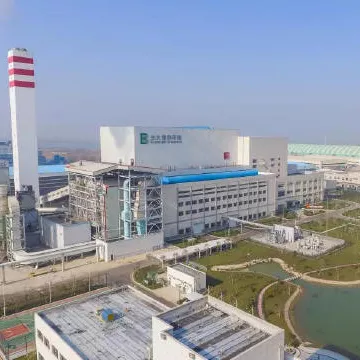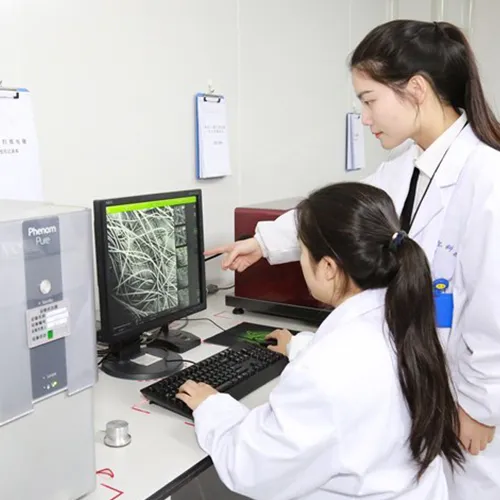Welche Schlüsselrolle spielen Denitrifikationskatalysatoren bei der industriellen Emissionskontrolle?
In the context of rapid industrial development, nitrogen oxide (NOx) emissions have become an important factor affecting air quality, especially in heavily polluting industries such as electricity, steel, cement, and chemicals. The emitted nitrogen oxides not only harm human health, but also cause environmental problems such as acid rain and haze. For this reason, denitrification catalysts, as a key technology for controlling nitrogen oxide emissions, have gradually become the “standard configuration” in environmental protection. So, what are the key roles of denitrification catalysts in industrial emission control?
1. Stickoxide effektiv entfernen und Schadstoffemissionen reduzieren
Die Hauptfunktion von Denitrifikationskatalysatoren besteht darin, Stickoxide effizient aus dem Abgas zu entfernen. Ihre Kerntechnologie ist die selektive katalytische Reduktion (SCR). Bei der SCR-Reaktion reagieren Stickoxide unter Einwirkung von Katalysatoren mit Reduktionsmitteln (wie Ammoniak oder Harnstoff) und werden in harmlosen Stickstoff und Wasserdampf umgewandelt, wodurch saubere Schadstoffemissionen erzielt werden. Die Denitrifikationseffizienz dieser Methode kann mehr als 90% erreichen, was einen erheblichen Einfluss auf den Schutz der atmosphärischen Umwelt hat.
Taking thermal power plants as an example, after using denitrification catalysts, the concentration of nitrogen oxide emissions can be significantly reduced, thus meeting the country’s increasingly stringent environmental protection standards. In addition, the application of denitrification catalysts not only reduces the emission of nitrogen oxides, but also effectively alleviates environmental problems such as acid rain and photochemical smog caused by NOx emissions, with significant social and environmental benefits.
2. Energieeinsparung und Verbrauchsreduzierung, Verbesserung der Umweltvorteile von Unternehmen
In traditional nitrogen oxide treatment methods, high temperatures are usually required to accelerate the reaction, while denitrification catalysts can achieve efficient denitrification effects at lower temperatures. For enterprises, this not only means less energy consumption, but also significantly reduces operating costs. In the SCR system, the reasonable application of catalysts can reduce fuel consumption and energy waste, thereby reducing the company’s carbon emissions and operating costs.
In addition, the service life of denitrification catalysts is usually long, and they can usually maintain stable performance for 3-5 years or even longer, which greatly reduces the frequency of replacement and maintenance, and further reduces the company’s environmental protection costs. For industries such as electricity and cement that require long-term stable operation, denitrification catalysts are undoubtedly a high-quality choice that can balance environmental protection and economic benefits.

3. Weit verbreitet, um die Emissionsanforderungen verschiedener Branchen zu erfüllen
Die Technologie der Denitrifikationskatalysatoren ist sehr anpassungsfähig und flexibel und kann je nach den Abgaseigenschaften verschiedener Branchen geeignete Katalysatortypen auswählen. In der Stahlindustrie ist beispielsweise die Rauchgastemperatur hoch und die Hitzebeständigkeit des Katalysators höher; in der chemischen Industrie hingegen ist die Abgaszusammensetzung komplex und es werden selektivere Katalysatormaterialien benötigt. Daher kann die gezielte Auswahl geeigneter Katalysatormaterialien verschiedenen Unternehmen dabei helfen, die Umweltschutzanforderungen besser zu erfüllen und eine effiziente Emissionsreduzierung zu erreichen.
In der industriellen Emissionskontrolle ist der Denitrifikationskatalysator aufgrund seiner flexiblen Anwendbarkeit nicht nur für große Emissionskontrollprojekte geeignet, sondern auch für die Umweltschutztransformation kleiner und mittlerer Unternehmen. Durch die Anpassung und Optimierung des Prozesses können in verschiedenen Branchen gute Umweltschutzeffekte erzielt werden, was eine solide Unterstützung für die Reduzierung von Stickoxiden in der gesamten Branche darstellt.
4. Unterstützung bei der Umsetzung von Umweltschutzmaßnahmen und Förderung einer grünen Entwicklung
Under the promotion of the national “dual carbon” strategy and green development policies, enterprises are shouldering more and more environmental protection responsibilities. The wide application of denitrification catalysts is one of the important means to achieve these environmental protection policies. Especially in industries where nitrogen oxide emissions are strictly restricted, the use of denitrification catalysts is not only a technical choice, but also an inevitable way to comply with national environmental protection policies and enhance corporate social responsibility.
Für Unternehmen kann der aktive Einsatz von Denitrifikationskatalysatoren nicht nur die nationalen Emissionsstandards erfüllen und Geldbußen oder Beschränkungen aufgrund übermäßiger Emissionen vermeiden, sondern auch das grüne Image des Unternehmens verbessern und die Wettbewerbsfähigkeit des Marktes steigern. Immer mehr Unternehmen erhöhen ihre Investitionen in die Anwendung von Umweltschutztechnologien, und Emissionsminderungstechnologien durch Denitrifikationskatalysatoren sind für Unternehmen zu einem der notwendigen Mittel geworden, um eine nachhaltige Entwicklung zu erreichen.
Abschluss
Zusammenfassend lässt sich sagen, dass Denitrifikationskatalysatoren eine wichtige Rolle bei der industriellen Emissionskontrolle spielen. Sie können nicht nur Stickoxide effizient entfernen und die Umweltverschmutzung reduzieren, sondern helfen Unternehmen auch, Energie zu sparen und den Verbrauch zu senken, die Betriebskosten zu senken und sind für die Emissionsanforderungen in einer Vielzahl von Branchen geeignet. Als wichtige Umweltschutztechnologie kann die Anwendung von Denitrifikationskatalysatoren bei der Förderung einer grünen Entwicklung und der Umsetzung von Umweltschutzrichtlinien nicht ignoriert werden.
In Zukunft wird mit der kontinuierlichen Verbesserung der Umweltschutzanforderungen der Einsatz von Denitrifikationskatalysatoren umfangreicher sein und die Technologie wird weiter verbessert. Für Unternehmen, die ihren Umweltschutz verbessern möchten, ist die Auswahl und der sinnvolle Einsatz von Denitrifikationskatalysatoren nicht nur eine Reaktion auf politische Anforderungen, sondern auch eine wichtige Maßnahme, um den Grundstein für die langfristige Entwicklung von Unternehmen zu legen.






